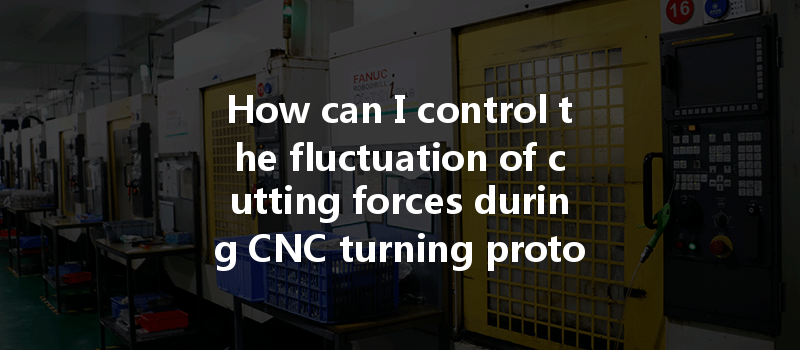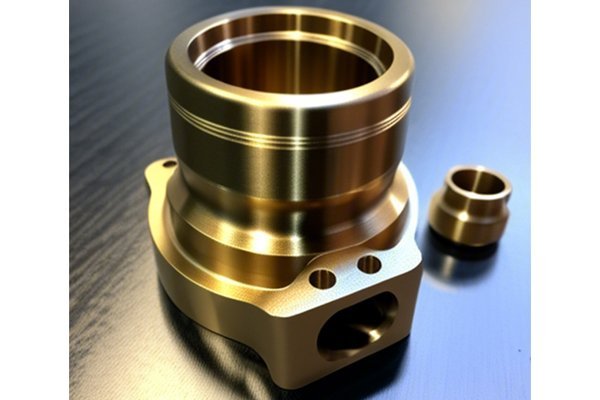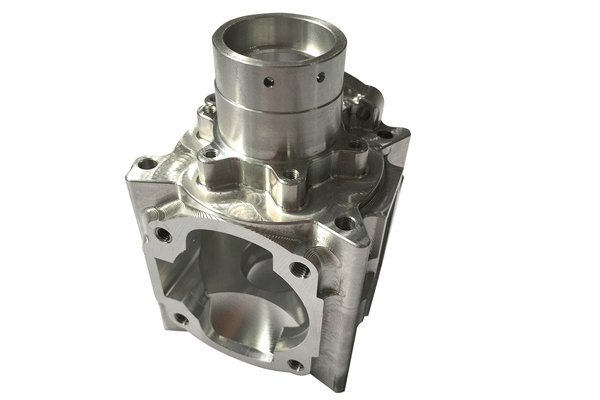Did you know that nearly 30% of machining time can be lost due to issues with cutting forces in CNC operations? In the world of CNC turning, fluctuations in cutting forces not only impact the quality of prototypes but can also lead to increased machine wear, compromised tolerances, and excessive production costs. Understanding how to control these fluctuations is integral not just to prolonging the life of machinery but also to enhancing the overall efficacy of the machining process.
If you’re looking to optimize your CNC turning operations, this comprehensive guide is here to help. We will explore the factors that cause fluctuations in cutting forces and provide practical solutions that CNC operators and engineers can implement to mitigate these issues.
—
Understanding the Basics of Cutting Forces
What are Cutting Forces?
Cutting forces are the forces that act upon the tools in a machining process. They are crucial in determining the life of a cutting tool, the finish of the machined surface, and the overall efficiency of the machining operation. In CNC turning, these forces can vary due to factors such as tool wear, material inconsistencies, and machine vibrations.
Types of Cutting Forces
Understanding these forces is crucial for effectively managing their fluctuation.
—
Factors Influencing Cutting Force Fluctuations
The design of the cutting tool can significantly impact cutting forces. Factors like the angle of the cutting edge, the geometry of the tip, and the overall shape can all lead to variations in the forces exerted during machining.
The material of both the workpiece and the cutting tool can influence cutting forces. Harder materials may require more force, leading to increased wear and fluctuations in performance.
The condition of the CNC machine itself plays a vital role. Machines that are not properly calibrated or that have wear and tear can produce inconsistent results.
Parameters such as feed rate, cutting speed, and depth of cut directly affect cutting forces. Each of these elements must be optimized for the specific operation at hand.
As tools wear over time, they need to be replaced or re-sharpened to minimize the fluctuation in cutting forces.
Vibrations during machining can lead to force fluctuations as well. Unstable setups or inappropriate fixturing can amplify these effects.
—
Strategies to Control Cutting Force Fluctuations
Now that we have discussed the factors influencing cutting forces, let’s delve into specific strategies for controlling their fluctuations effectively.

Careful selection of tool materials and designs based on the workpiece material is critical. Using tools made from materials with superior hardness and wear resistance can significantly reduce the fluctuation in cutting forces.
Regular maintenance and calibration of CNC machines are necessary to ensure they operate smoothly without fluctuations in power and performance. Regular checks on components like spindle bearings, belts, and axes will go a long way in improving machining stability.
Experimenting with various cutting parameters can yield better cutting force stability. Here are some recommendations:
Employing advanced coatings on tools can reduce friction and wear. Coated tools will maintain their geometry longer, leading to more stable cutting forces throughout their working life.
Using damping techniques, such as vibration absorbent mounts and dampening tools, can help minimize the effects of vibrations. Additionally, actively compensating for dynamic loads can help maintain consistent forces.
Integrating real-time monitoring systems to measure cutting forces and tool wear can be crucial. This feedback can help adjust parameters dynamically, ensuring a stabilized machining environment. Technologies such as force sensors and vibration monitors can be extremely beneficial.
Before actual machining, running simulations can allow for adjustments to be made virtually. This can provide insights into potential issues with cutting forces and how best to mitigate them ahead of time.
—
Further Enhancements
Automation and Robotics
Integrating robotics into CNC machining to automate loading and unloading can help in maintaining stability and reducing human error, which in turn can lead to lower fluctuations in cutting forces.
Training and Skill Development
Training operators in aspects like tool handling, machine setup, and effective monitoring can lead to improved machining practices overall. Emphasizing operator knowledge about cutting forces and their impact on the machining process can foster a proactive approach to managing them.
—
In summary, controlling cutting force fluctuations during CNC turning prototypes is essential for enhancing quality, efficiency, and productivity. By implementing strategies such as optimizing tool selection, fine-tuning cutting parameters, engaging in regular machine maintenance, and utilizing advanced monitoring and simulation technologies, manufacturers can achieve a more stable and efficient machining process.
This knowledge is vital not only for ensuring the longevity of CNC tools and machines but also for maximizing production quality and minimizing costs. Given the competitive landscape of manufacturing, understanding and controlling cutting forces is a crucial consideration for any operation seeking to excel.
So, whether you’re an engineer, a machinist, or someone involved in CNC operations, it’s important to keep these strategies in mind. The future of successful machining relies on our ability to adapt, evolve, and maintain control over the essential parameters influencing our processes. By focusing on the significant impact of cutting forces in CNC turning and continually seeking optimization, we can ensure the highest standards of quality in prototype production and beyond.






